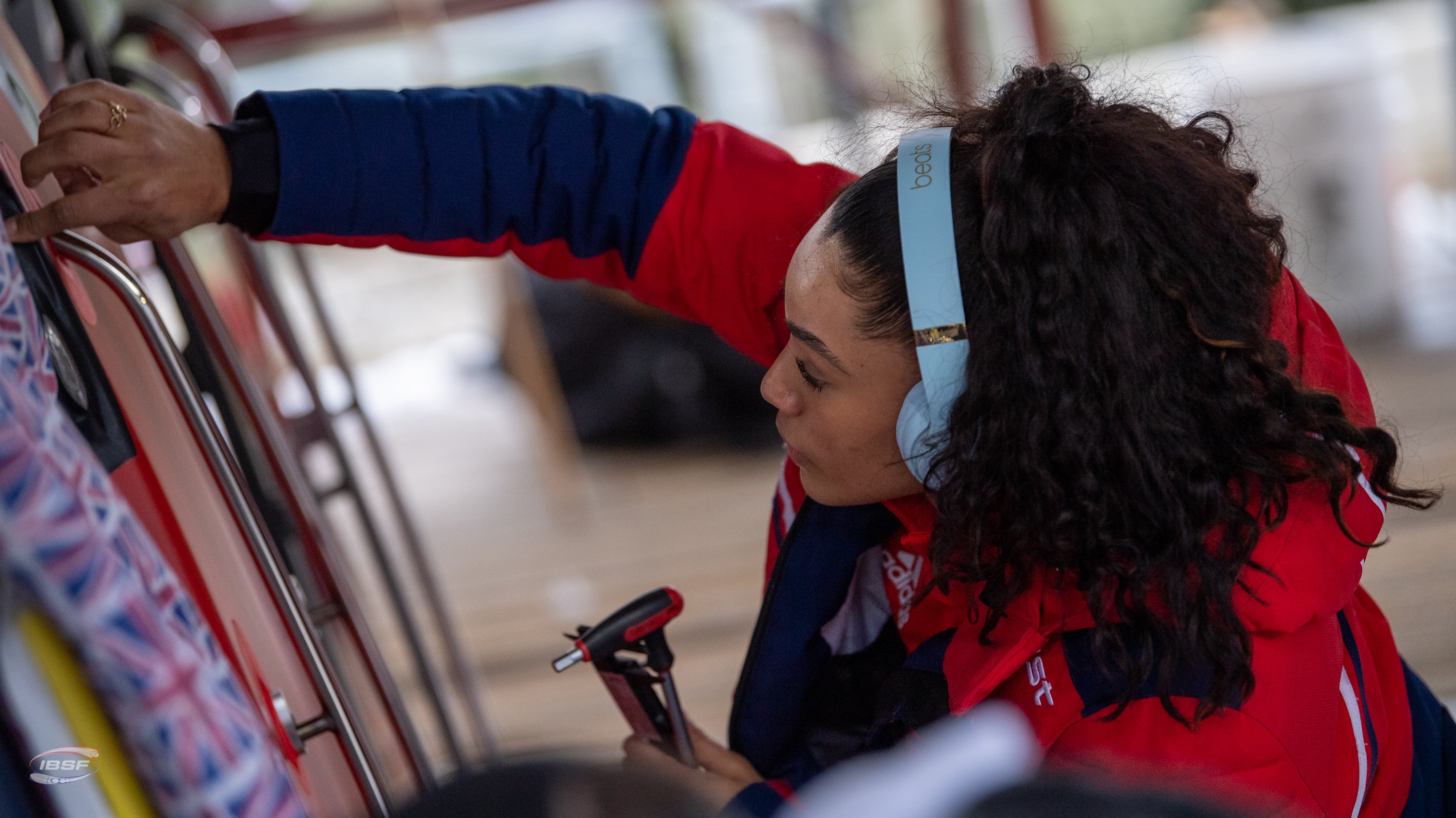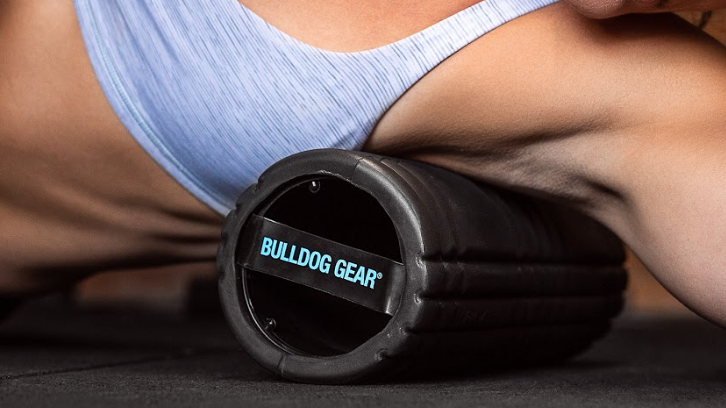On the back of running 30 Marathons in 30 Days in his kitchen on the Trueform Treadmill, Bulldog Gear Ambassador and Adventure Athlete Ross Edgley talks us through the 'Skill of Running' and his analysis of his latest challenge.
How to Refine Your Running
is a skill. This will sound odd to many since it’s something we’re innately born to do. But to run really fast and/or really far studies show you need to refine your technique. Which is why the Forefoot Striking vs. Heel Striking debate has raged for years in the world of sports science and to this day hasn’t been resolved. Which is exactly why I set out to run 30 marathons in 30 days on a Trueform Curved Treadmill in my kitchen. Odd I know. But it was my hope (with a cupboard full of protein flapjacks layered in almond butter) it would help me explore the intricacies of endurance-based nutrition and also perfect my running technique for the rest of 2017.
Foot Striking & Injury Prevention
It’s a widely held belief that shoe-based support helps to cushion your weight and prevent injury, but some studies have shown different results. We all walk, jog, skip and run in different ways. These movements are called “human gaits” and these are the different ways in which we can move, either naturally or from specialised training. One key variable in the gait analysis of running technique is our foot strike which is where and how the foot makes contact with the tarmac.
Typically these can be categorised like so:
- Heel Strike Where the heel of foot lands first
- Midfoot Strike Where the heel and ball land simultaneously
- Forefoot Strike Where the ball of foot lands first
Now different striking patterns exert different forces — and stress — on the body.
If you look at the first graph where the runner Heel Strikes you’ll notice an initial peak that shows the vertical ground reaction force. This is where a runner lands on the outside of the heel and “jabs” their foot into the ground with a sudden impact.
Ouch! This is because the heel doesn’t absorb any impact.
It is just bone.
But runners who land on the forefoot — shown in the second graph — create relatively little impact force on the feet and that first peak of this graph where the heel was “jabbed” into the ground is non-existent.
No ouch! This is because the ankle flexes and absorbs the impact.
You’re now using your ligaments, tendons, ankle and foot’s architecture like Mother Nature intended.
An idea is supported by a study conducted at Harvard University in 2012 which said, “Competitive cross-country runners incur high injury rates, but runners who habitually heel strike have significantly higher rates of repetitive stress injury than those who mostly forefoot strike.”
But why was I heel striking when it’s potentially more harmful on my knees, ankles, ligaments and tendons?
To (again) quote research from Harvard University, “Humans have engaged in endurance running for millions of years, but the modern running shoe was not invented until the Seventies.” Once they arrived on our shelves, they came complete with elevated and cushioned heels, which in turn encouraged heel strike running.
But before their arrival — and for most of human evolutionary history — runners were either barefoot or wore minimal footwear which meant we would forefoot strike or midfoot strike. Since without the heel-based support and padding, running with a heel strike was just outright painful and we were unable to sustain it over long distances.
Why is this relevant? Because the Trueform Curved Treadmill that Bulldog kindly delivered encourages you to forefoot strike. The natural curvature of the surface makes it very hard to heel strike and if you do you begin to fall of the back of the treadmill. Therefore a pleasant bi-product of running a marathon every day for 30 days is the movement of efficiently forefoot striking becomes so well drilled and so well practiced that as a skill it becomes engrained every time I move.
Is my technique now perfect? No. Far from it. A lab visit post experiment shows my body angle is good leaning forward, forefoot striking to absorb impact and carry on forward motion, (semi) good range of motion at the hip (but tight from all the marathons since my driving leg is not moving back beyond the middle of my body) also moving in a slightly vertical motion (caused by a lower range of motion at your hip) which is forcing my upper body to rotate more, my elbow to raise and essentially not move forward as efficiently as possible (slightly wasted energy).
In summary, I am far from the perfect runner. Many friends of mine are FAR better! But knowing this and being conscious of movement is a huge advantage and this is one thing my 30 marathons in 30 days and the Bulldog Trueform treadmill has given me.
For more information on the Trueform and our other curved treadmills, check them out online:
or contact the team directly:



